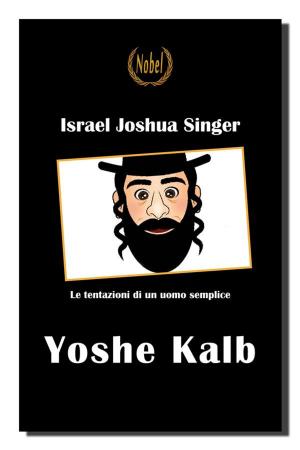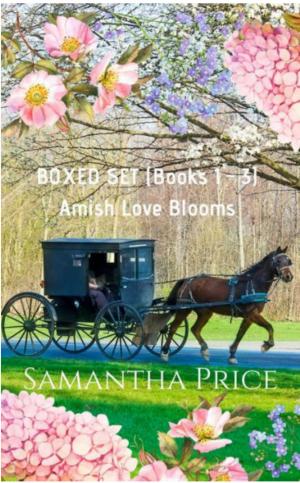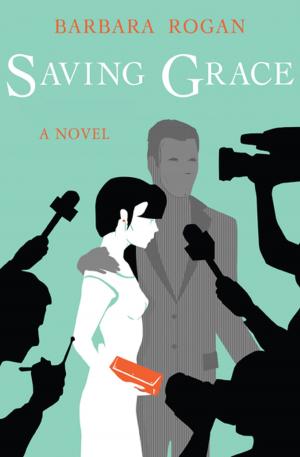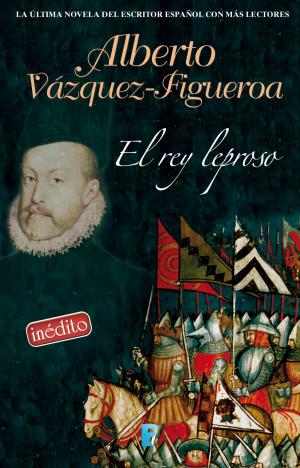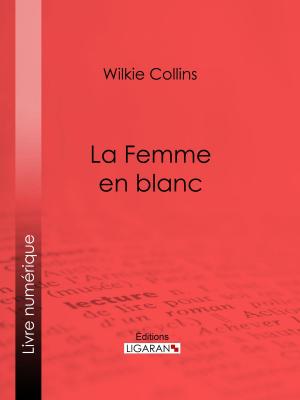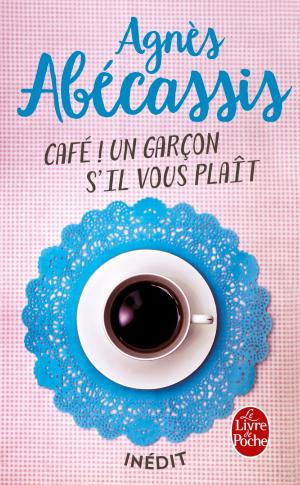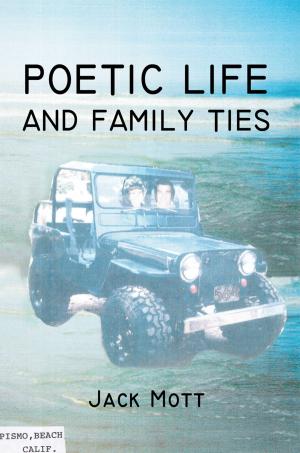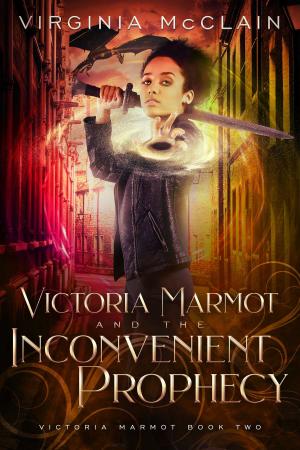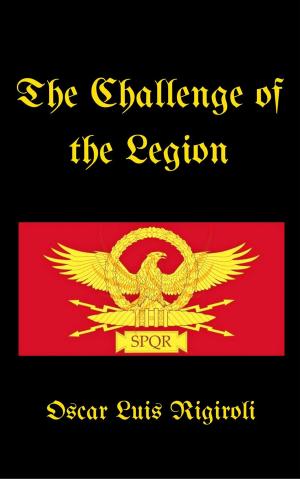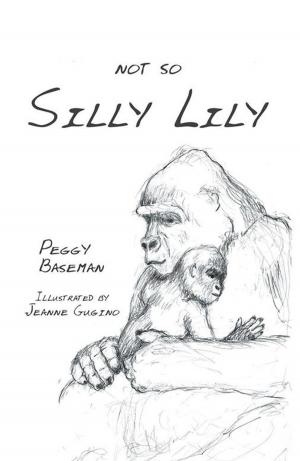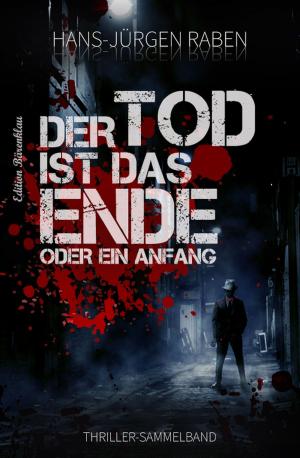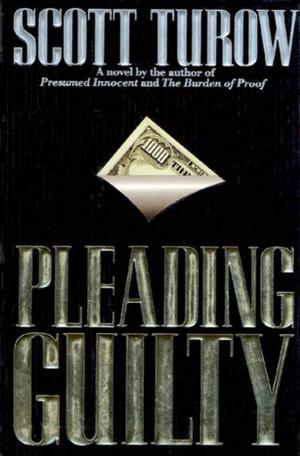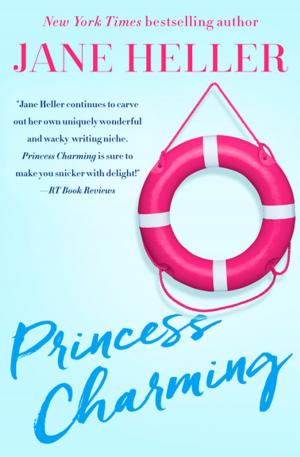| Author: | Inez Baranay | ISBN: | 9781466016125 |
| Publisher: | Inez Baranay | Publication: | October 20, 2011 |
| Imprint: | Smashwords Edition | Language: | English |
| Author: | Inez Baranay |
| ISBN: | 9781466016125 |
| Publisher: | Inez Baranay |
| Publication: | October 20, 2011 |
| Imprint: | Smashwords Edition |
| Language: | English |
The narrator Inez is contacted by the mysterious Vlad from Transylvania who claims to be her cousin and wants to introduce her to his tradition. As Inez becomes drawn to Vlad’s gifts, Vlad discovers new pleasures at the Gold Coast, enough to even make mortality acceptable. Previously published in 2004, this story foreshadows the author’s immersion in vampire lore in her 2011 novel Always Hungry.
A review of the story said: Inez Baranay uses her Hungarian heritage to replay the vampire figure in the visit by Cousin Vlad to the Gold Coast in “My Transylvanian Cousin”. Here the bright lights and garish touristy atmosphere of the Gold Coast are intertwined with the myths and ancientness of old Europe. If the vampire requires his consumption of fresh blood to survive, Baranay hints, by analogue, at the voraciousness of twenty-first century materialism devoid of sustaining myths that consolidate a clearly defined identity. It is the people of the twenty-first century, at play on the Gold Coast, who are seen as being far more at risk from moral and spiritual demise than Vlad on his necessary dose of blood. The true vampire emerges as western consumerism devouring everything in its path leaving no room for mythmaking, or spiritual growth.
The narrator Inez is contacted by the mysterious Vlad from Transylvania who claims to be her cousin and wants to introduce her to his tradition. As Inez becomes drawn to Vlad’s gifts, Vlad discovers new pleasures at the Gold Coast, enough to even make mortality acceptable. Previously published in 2004, this story foreshadows the author’s immersion in vampire lore in her 2011 novel Always Hungry.
A review of the story said: Inez Baranay uses her Hungarian heritage to replay the vampire figure in the visit by Cousin Vlad to the Gold Coast in “My Transylvanian Cousin”. Here the bright lights and garish touristy atmosphere of the Gold Coast are intertwined with the myths and ancientness of old Europe. If the vampire requires his consumption of fresh blood to survive, Baranay hints, by analogue, at the voraciousness of twenty-first century materialism devoid of sustaining myths that consolidate a clearly defined identity. It is the people of the twenty-first century, at play on the Gold Coast, who are seen as being far more at risk from moral and spiritual demise than Vlad on his necessary dose of blood. The true vampire emerges as western consumerism devouring everything in its path leaving no room for mythmaking, or spiritual growth.

